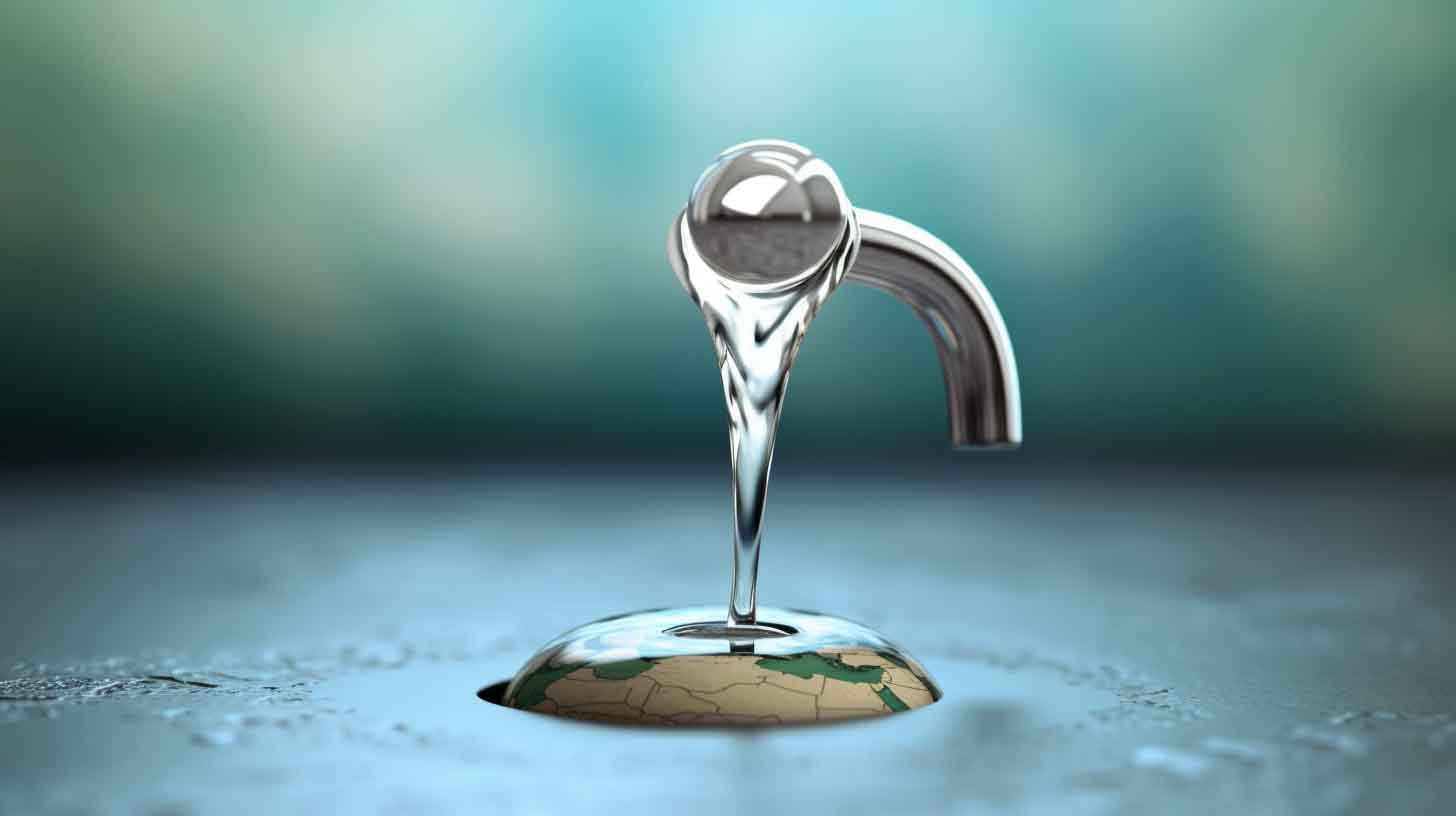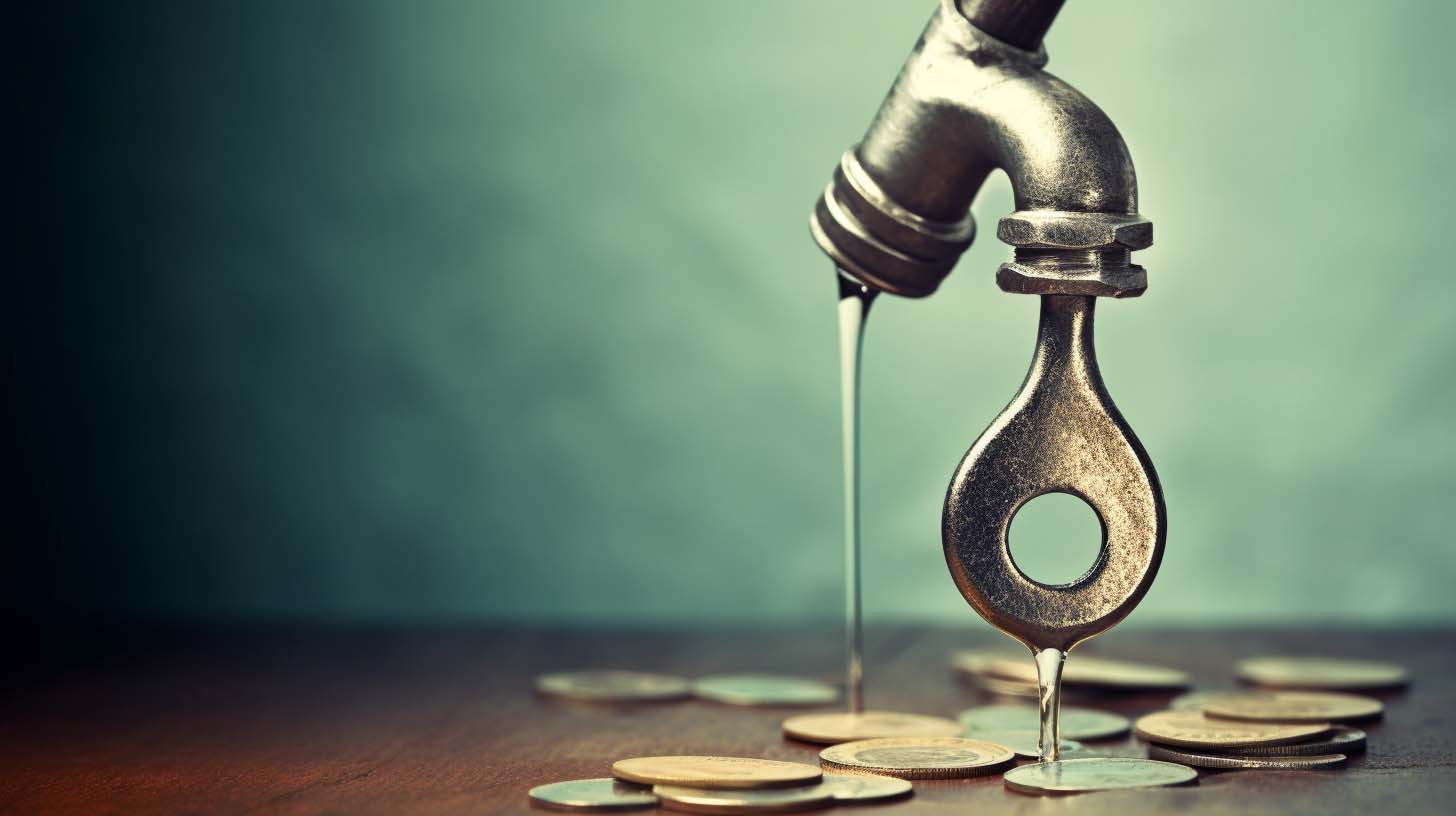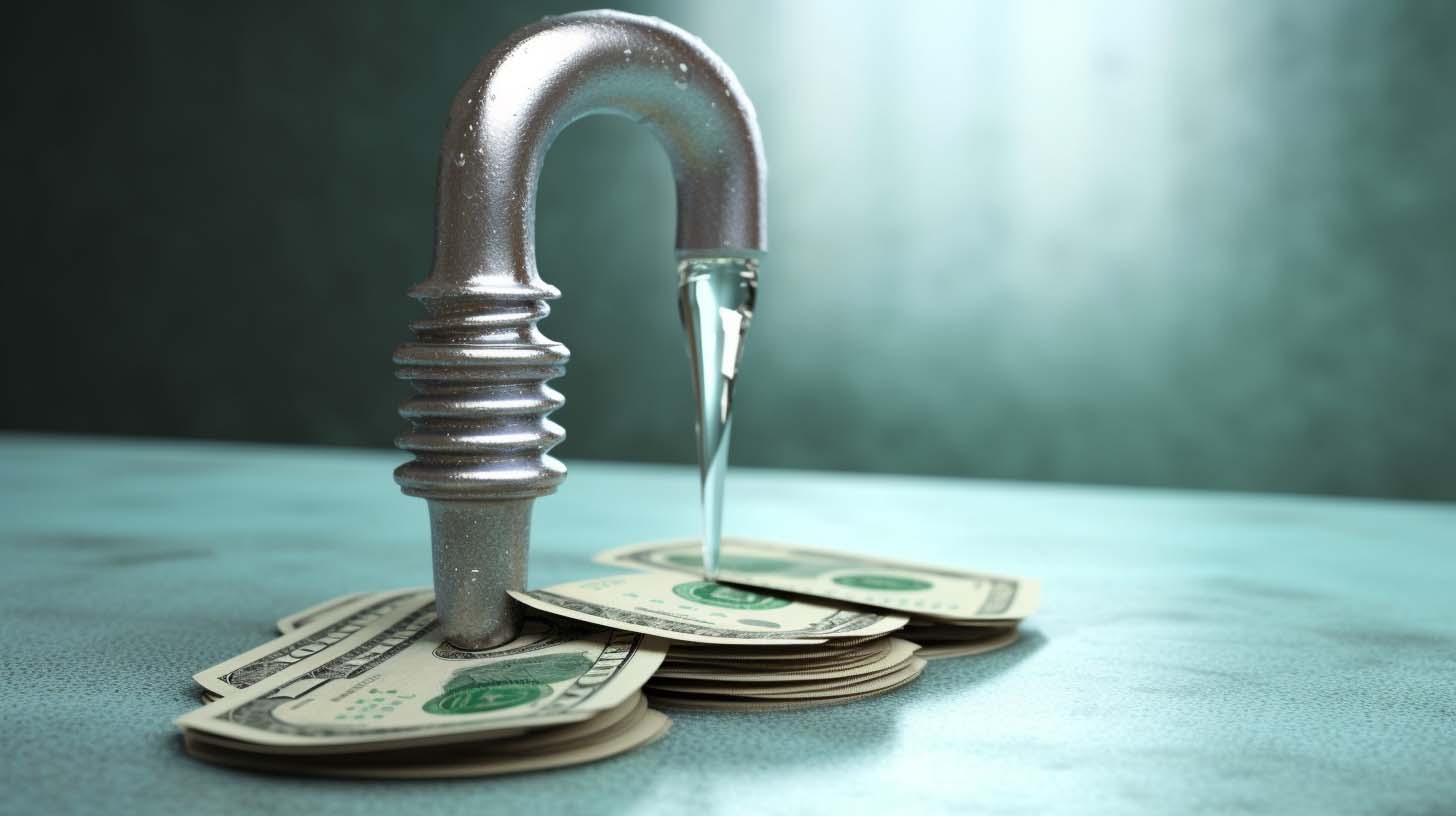Water conservation is increasingly becoming a priority for many households. Faucets are an integral part of any home, and making sure they are eco-friendly is an important part of reducing water wastage.
By understanding the different types of water-saving faucets, households can make informed decisions about the best eco-friendly faucet options for their homes. This article explores the various types of water-saving faucets, including low-flow, motion-activated, aerators, and other eco-friendly options, to help households make informed decisions about water-saving faucets.
By investing in eco-friendly faucet options, households can save money on their water bills while also reducing their environmental impact. In addition, eco-friendly faucets can also enhance the aesthetic appeal of any home and can increase the value of the property.
With the right eco-friendly faucet option, households can enjoy all the benefits of saving water and money while also reducing their environmental footprint.

- Investing in water-saving faucets and rain harvesting systems can help save water and money.
- Water-efficient faucet models certified by WaterSense are recommended for eco-friendly options.
- Motion-activated faucets, push button activation, and drip-free technology are convenient and efficient water conservation methods.
- Water filters and grey water systems are effective and eco-friendly faucet options that reduce environmental impact and save money in the long run.
Installing water-saving faucets can help reduce water usage and save money in the long run. With more people understanding the importance of water conservation, there is an increased demand for water-saving faucets.
Low-flow faucets are designed to reduce the flow of water coming out of the tap and thus, the amount of water used. Additionally, these faucets are optimized to reduce the amount of water wasted.
Furthermore, rain harvesting systems can be used to collect and store rainwater for various uses, such as watering plants, flushing toilets, and even washing clothes. This helps to reduce the amount of water used from the municipal water supply, thus, making it a more sustainable and eco-friendly option.
By investing in water-saving faucets and rain harvesting systems, it is possible to reduce water usage and save money in the long term. By making the switch to eco-friendly faucets, it is possible to make a positive contribution to the environment.
Reducing water consumption can be achieved through the installation of low-flow faucets, providing households with a cost-effective solution. Low-flow faucets are designed to reduce the amount of water used when washing dishes or hands, and can be equipped with aerators to further reduce water flow. Installing low-flow faucets can help households conserve water and save money on utility bills.
Homeowners can look for water-efficient faucet models that are certified by organizations like WaterSense, which is a label created by the Environmental Protection Agency to identify products that use less water while maintaining a high level of performance.
Additionally, households can install rain harvesting systems that collect water runoff from roofs, directing it into a storage tank for later use. This allows households to conserve water by reusing water from rain for non-potable uses like watering the lawn, washing cars, and flushing toilets.
By employing water-conservation techniques like these, households can make a positive environmental impact while also saving money.
With this in mind, the next step is to explore motion-activated faucets.

Motion-activated faucets provide a convenient and efficient way to conserve water. This type of faucet is typically equipped with push button activation, which allows water to flow only when necessary. This, in turn, helps reduce the amount of water used and encourages eco-friendly behavior.
The faucet is also equipped with drip free technology, which prevents water from dripping from the faucet, even after it is no longer in use. This is especially beneficial for households where saving water is a priority.
The motion-activated faucet is an ideal solution for households looking to save both water and money, and it is an environmentally conscious option for those wanting to make a positive impact on the environment. With its push button activation and drip free technology, the motion-activated faucet is a great choice for those looking for an eco-friendly faucet option.
Moving forward, aerators and flow restrictors can be used to further reduce the amount of water used.
Aerators and flow restrictors can be used to further optimize water usage and promote sustainable practices. They are special attachments that fit onto the end of a faucet and can be used to reduce the water pressure while still creating a steady stream of water.
Additionally, they can be used to detect any leaks in the existing faucet and replace them with more water-efficient models. By altering the water pressure, aerators and flow restrictors can reduce water usage significantly while still providing the user with a comfortable flow of water.
Furthermore, these eco-friendly devices are inexpensive and easy to install, making them a great option for anyone looking to reduce their water usage and save money.
With the help of aerators and flow restrictors, users can save both water and money while still benefiting from the same level of comfort.
In conclusion, these eco-friendly devices are a great way to help promote sustainability in the home.
Now, let's take a look at some other eco-friendly faucet options.
With the aim of decreasing environmental impact, there are a variety of faucet choices available to the modern consumer.
One such option is the use of water filters, which allow for the filtering of water directly at the faucet, eliminating the need for plastic bottled water and reducing the amount of plastic waste. Water filters are also beneficial as they reduce the need for costly and environmentally damaging water purification systems.
Another option is the use of grey water, which is the reuse of used water from showers, bathtubs, and washing machines. Grey water can be used for many purposes, such as watering lawns and gardens, and can help to conserve water and save money. Grey water systems can also reduce the strain on municipal water systems, which are often overtaxed due to overuse.
Both water filters and grey water systems are effective and eco-friendly faucet options that can help reduce environmental impact and save money in the long run.

Water usage in the home can have a significant impact on the environment, as well as a homeowner's wallet. By understanding the various options available to save water, individuals can make conscious decisions to reduce their water consumption.
Low-flow faucets, motion-activated faucets, aerators and flow restrictors are just a few of the eco-friendly faucet options available. Installing any of these devices can result in a decrease in water usage and a decrease in utility bills.
Sustainable practices and resource conservation are becoming increasingly important in modern times and water-saving faucets are an easy way to contribute to the effort.